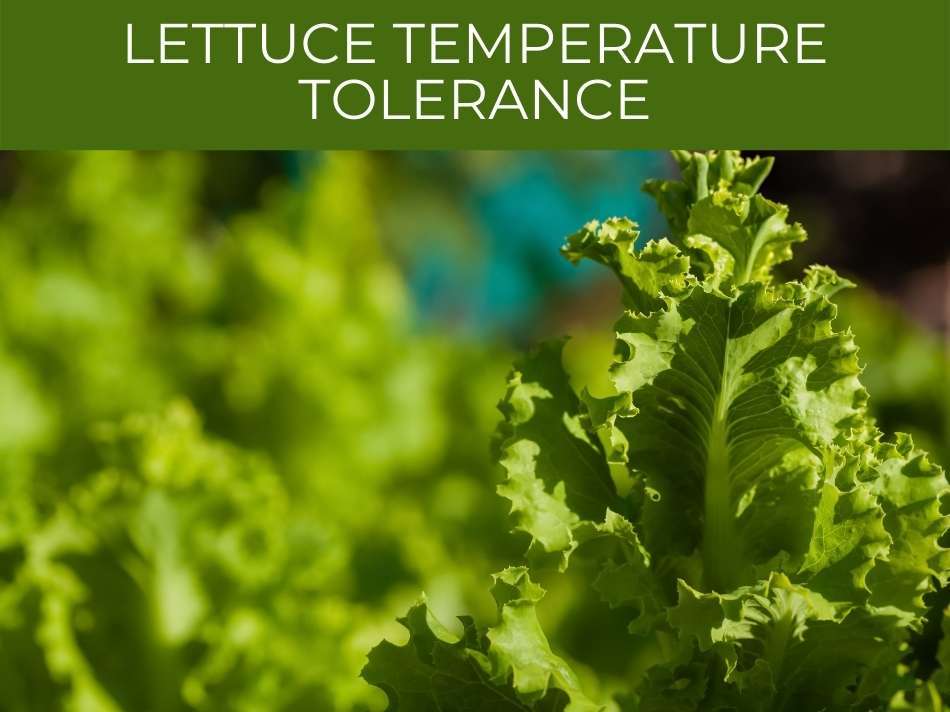“Lettuce leaf, or lettuce stay”. In the salad, that is. Actually, lettuce is quite adaptable and will be available for your salads pretty much the whole year. It does, however, prefer things to be a little cooler.
Lettuce thrives at temperatures from 55° F to 65° F. It is quite an adaptable crop and can tolerate higher temperatures too, up to 85 °F. The lowest temperatures that lettuce can survive are around 32 °F, which means it has quite a tolerance range.
As a cool-season crop, you’d expect lettuce to grow only in cold temperatures. Read on to find out just how tolerant this vegetable is.
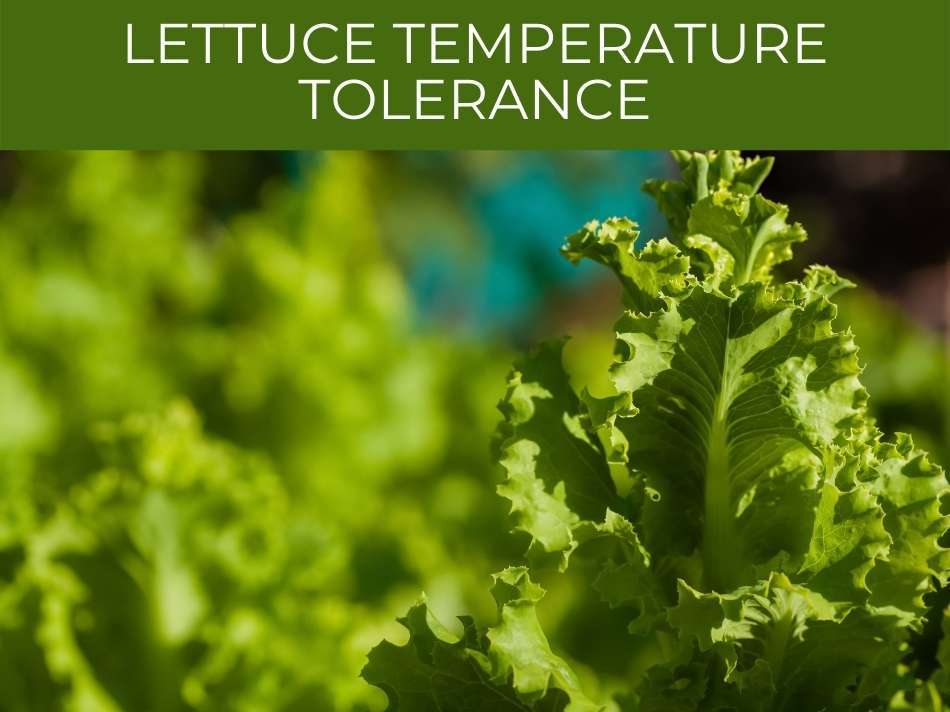
Lettuce temperature tolerance
Lettuce is a cool-season crop that can grow best in temperatures between 55° F and 65° F ( 12 °C and 18 °C). It can tolerate a greater range of temperatures though– between 32 °F and 85 °F (0 °C and 30 °C).
Lettuce is described as being a cool-season crop because it grows best in lower temperatures, between 45° F and 65° F ( 7 °C and 18 °C).
The crop can grow quite well in a range of hardiness zones: from zone 4 to zone 7.
Different varieties of lettuce have different levels of tolerance to high and low temperatures.
Loose-leaf lettuces tend to be more heat tolerant.
See our complete guide to heat tolerant lettuce varieties.
If you’re growing tomatoes, find out how cold tomatoes can tolerate.
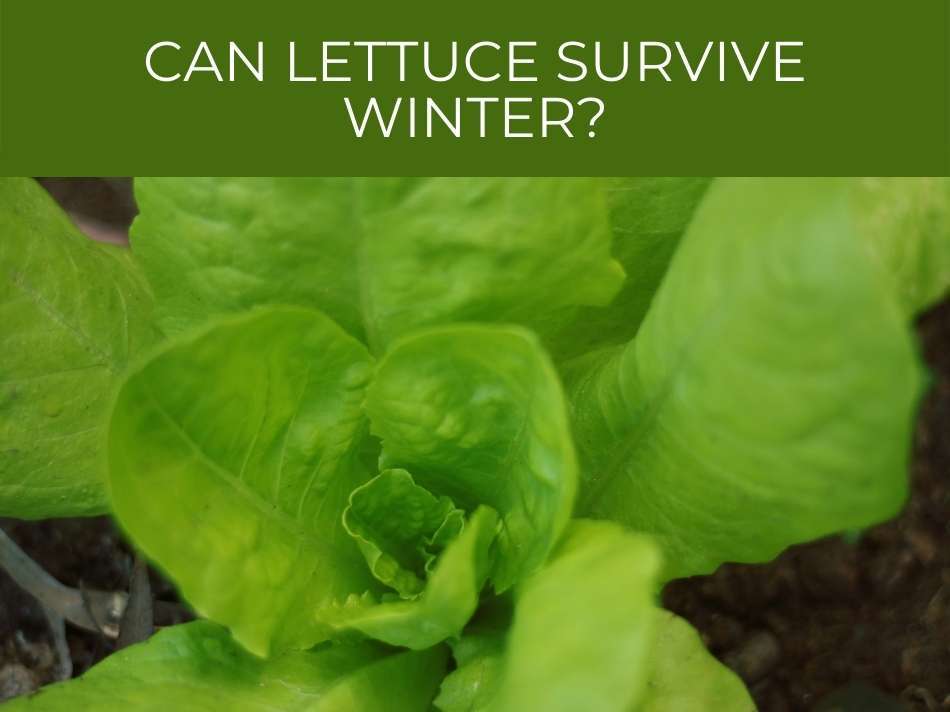
Can lettuce survive winter?
Lettuce can survive winter because it can tolerate temperatures as low as 32 °F (0 °C) and sometimes even below that. This depends on if it’s grown in which of the hardiness zones from 4 to 7. It can survive late into winter in most places.
Lettuce is a cool-season crop, preferring temperatures below 70 °F (21 °C).
Because of this, it is usually planted in early spring and is a favorite in salads.
Whether lettuce survives the cold of winter depends more on the temperature of the soil than that of the air.
See our complete article on growing lettuce hydroponically.
The optimum temperature at which lettuce seeds will germinate is 70°F – 75°F (21 °C – 23 °C).
They can germinate in soil that is as cold as 35 °F (2 °C), but will take longer to shoot.
Check out our complete article on harvesting lettuce.
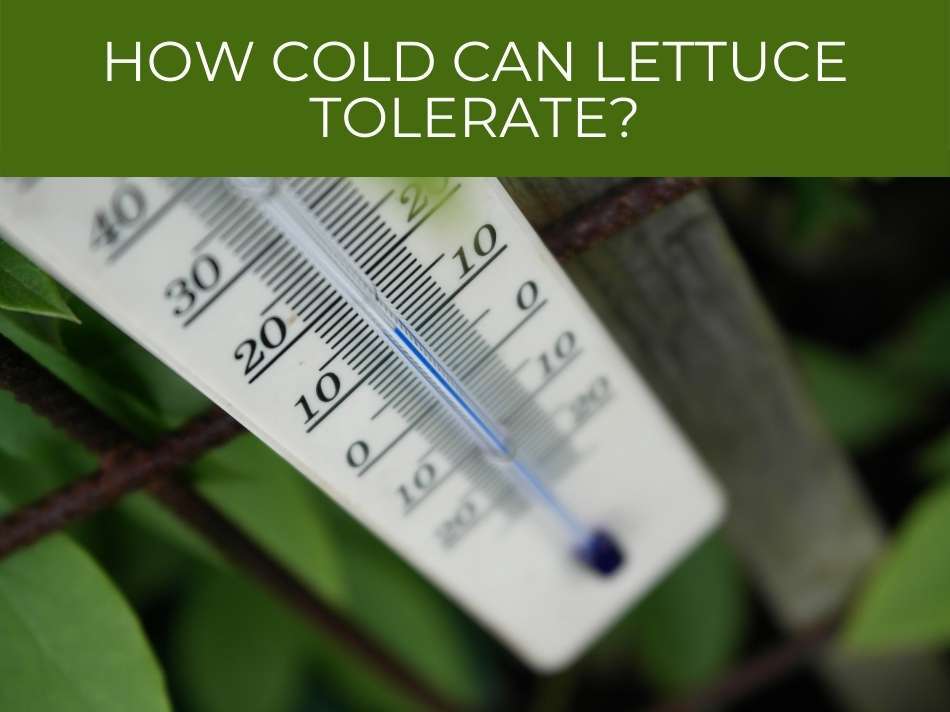
How cold can lettuce tolerate?
As a cool-weather crop, lettuce usually grows in temperatures between about 60 °F – 70° F (16 °C – 21 °C). Some varieties can germinate at temperatures below around 35 °F (2 °C). Most lettuce can survive temperatures down to 32 °F (0 °C).
Generally, lettuce grows best at temperatures below 70 °F (21 °C) and will usually germinate above 60 °F (15 °C).
Some varieties of lettuce can germinate at temperatures as slow as freezing.
Most types of lettuce can survive light to moderate frost.
This means that lettuce can tolerate temperatures down to 32 °F (0 °C).
See our guide for how much sun lettuce needs.
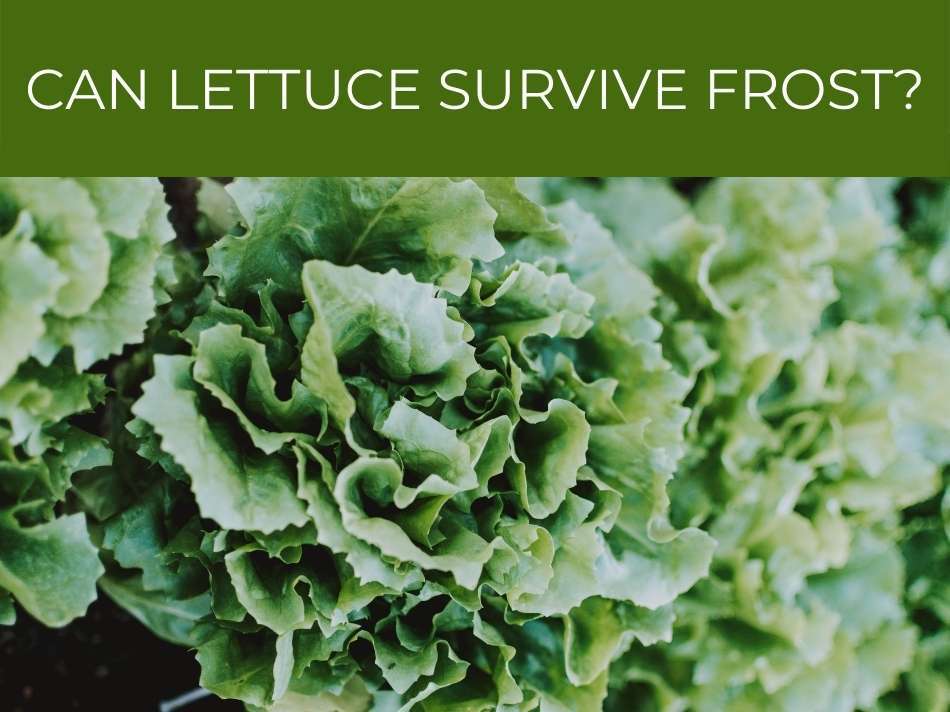
Can lettuce survive frost?
Lettuce crops can survive light to moderate frost, which indicates that they can tolerate temperatures around 32 °F (0 °C) and a little below. If the temperatures drop significantly below freezing, with a heavy frost, then the lettuces are unlikely to survive.
Lettuce crops prefer cooler temperatures and can, in fact, survive some quite low temperatures.
If the temperature drops to 32 °F (0 °C) and there is a light frost, then the lettuces are likely to survive.
However, if the temperature drops significantly lower than freezing and there is a heavy frost, the plants are likely to die.
With a light or moderate frost, the lettuces may be damaged.
There are some seeds that are hardened and can survive a heavy frost, with temperatures up to 20 °F (-6 °C).
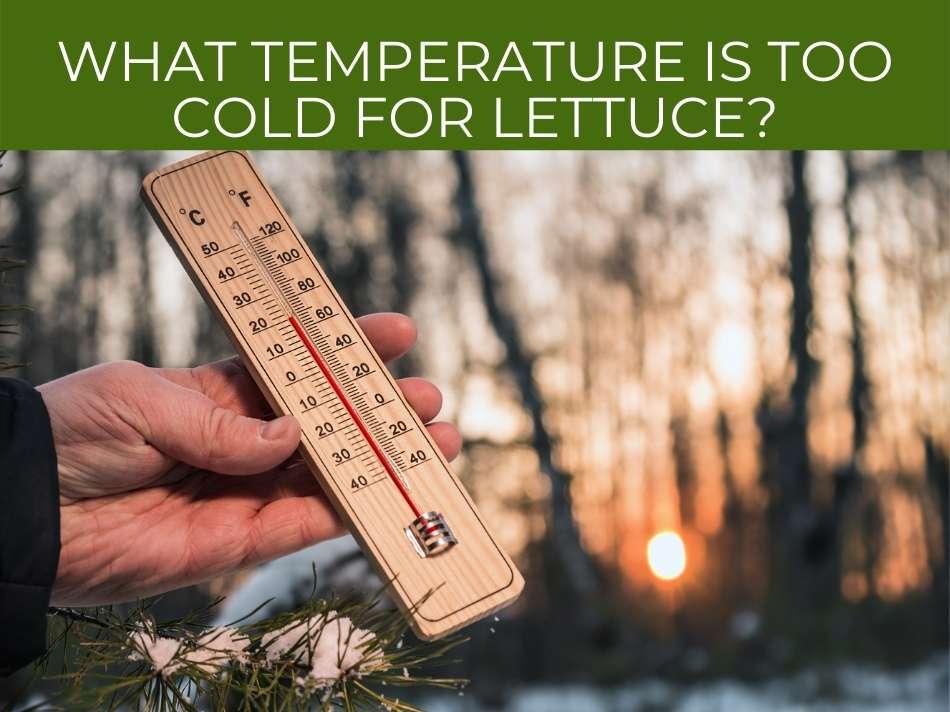
What temperature is too cold for lettuce?
Temperatures below 60 °F (15 °C) can be too cold for the germination of average lettuce seeds. Some hardier varieties can germinate at lower temperatures, though. Most varieties of lettuce can survive a mild frost, which means that below 32 °F (21 °C) will be too cold for most lettuce.
The temperature of the soil is important when it comes to the germination of lettuce seeds.
The optimum temperature for this is around 60 °F (15 °C).
There are some varieties of lettuce that can germinate closer to 35 °F (4 °C).
With most cultivars, if the seeds are hardened, they can be conditioned to germinate at very low temperatures.
When it comes to the growth of lettuce plants, the air temperature is an important factor.
The optimum temperature for good lettuce growth is below 70 °F (21 °C).
Most varieties of lettuce can survive a mild frost, which means temperatures as low as 32 °F (0 °C).
This means that temperatures below 32 °F (0 °C) are generally too low for lettuce growth.
However, lettuce seeds can germinate at temperatures below this.
It still remains that the optimum temperatures in which lettuces will grow should be below 70 °F (21 °C), but above 32 °F (21 °C).
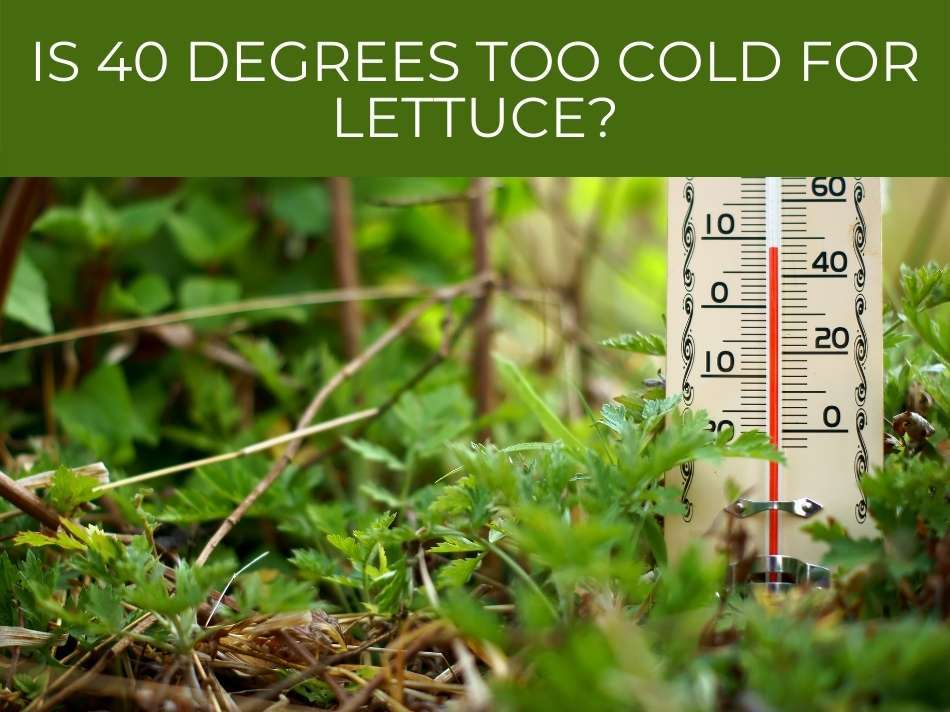
Is 40 degrees too cold for lettuce?
The optimum temperatures for lettuce seeds to germinate and for the plants to grow are between 60 °F – 75 °F (15 °C – 23 °C). However, there are some varieties that can germinate at 35 °F (2 °C). This means that 40 °F (4.5 °C) is not too cold for lettuce.
Because lettuce is a cold season crop, the optimum temperatures for its germination and growth are below 70 °F (21 °C).
However, there are some varieties that can germinate at temperatures as low as 35 °F (2 °C).
In these cases, 40 °F (4.5 °C), is not too cold for lettuce.
If seeds are correctly and specifically hardened, they can germinate at even lower temperatures.
When lettuces are already growing, their temperature tolerance can vary.
Growing lettuces can tolerate a light frost, which is usually about 32 °F (0 °C).
The plants may be damaged, but should survive, which means, again, that 40 °F (4.5 °C) is not too low for lettuce.
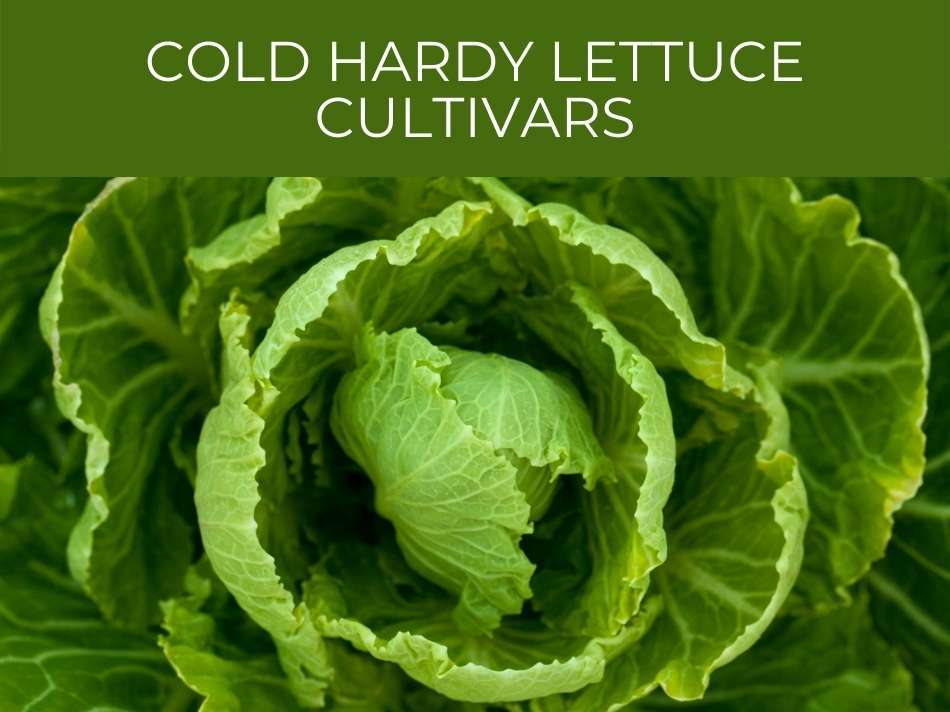
Cold hardy lettuce cultivars
Cold-hardy cultivars of lettuce can tolerate lower temperatures. Cold-hardy lettuce varieties include: Romaine, Bibb, Butterhead, Merlot, Winter Marvel, and Red Tinged Winter. These varieties tend to tolerate colder temperatures.
Lettuce is a cool-season crop, but there are some varieties that are more adapted to coping with low temperatures than others.
In general, it is the loose-leaf varieties that are most cold-hardy.
Bibb, or Butterhead lettuces are also a better choice for very low temperatures.
Other options for cold-hardy lettuces are Merlot, Winter Marvel, and Red Tinged Winter varieties.
Lettuce temperature tolerance
The optimum temperatures for good germination and growth are between 55° F and 65° F (12 °C and 18 °C). However, some varieties of lettuce can tolerate temperatures of up to 32 °F (0 °C). Others can even thrive in temperatures as high as 85 °F (30 °C).
Lettuce is a cold-weather crop and is well-adapted to grow in cooler temperatures.
The optimum range of temperatures for good growth is between 55° F and 65° F (12 °C and 18 °C).
Some varieties of lettuce are adapted to tolerate temperatures as low as 32 °F (0 °C).
Other cultivars can tolerate warmer temperatures, even up to 85 °F (30 °C).
These higher temperatures can really only be tolerated if the nights are cooler, or the lettuces will begin to wilt and may even burn during the day.
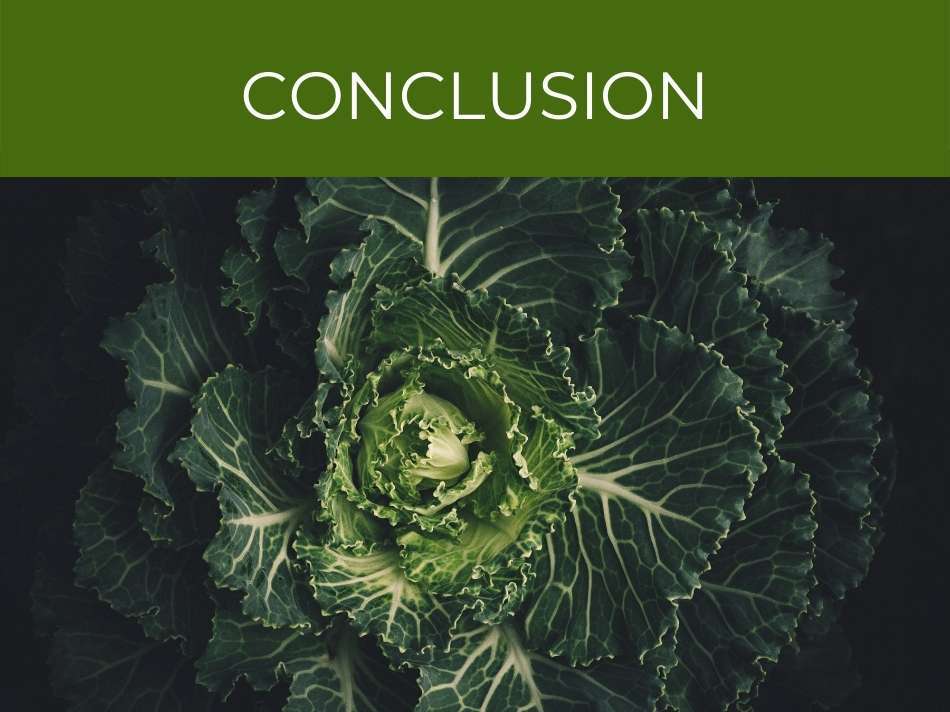
Conclusion
Just because lettuce is described as being a cool-season crop, doesn’t mean it cannot survive at high temperatures. In fact, lettuce can tolerate temperatures as low as 32 °F (0 °C) and as high as 85 °F (0 °C). This means it has quite a broad temperature tolerance.

